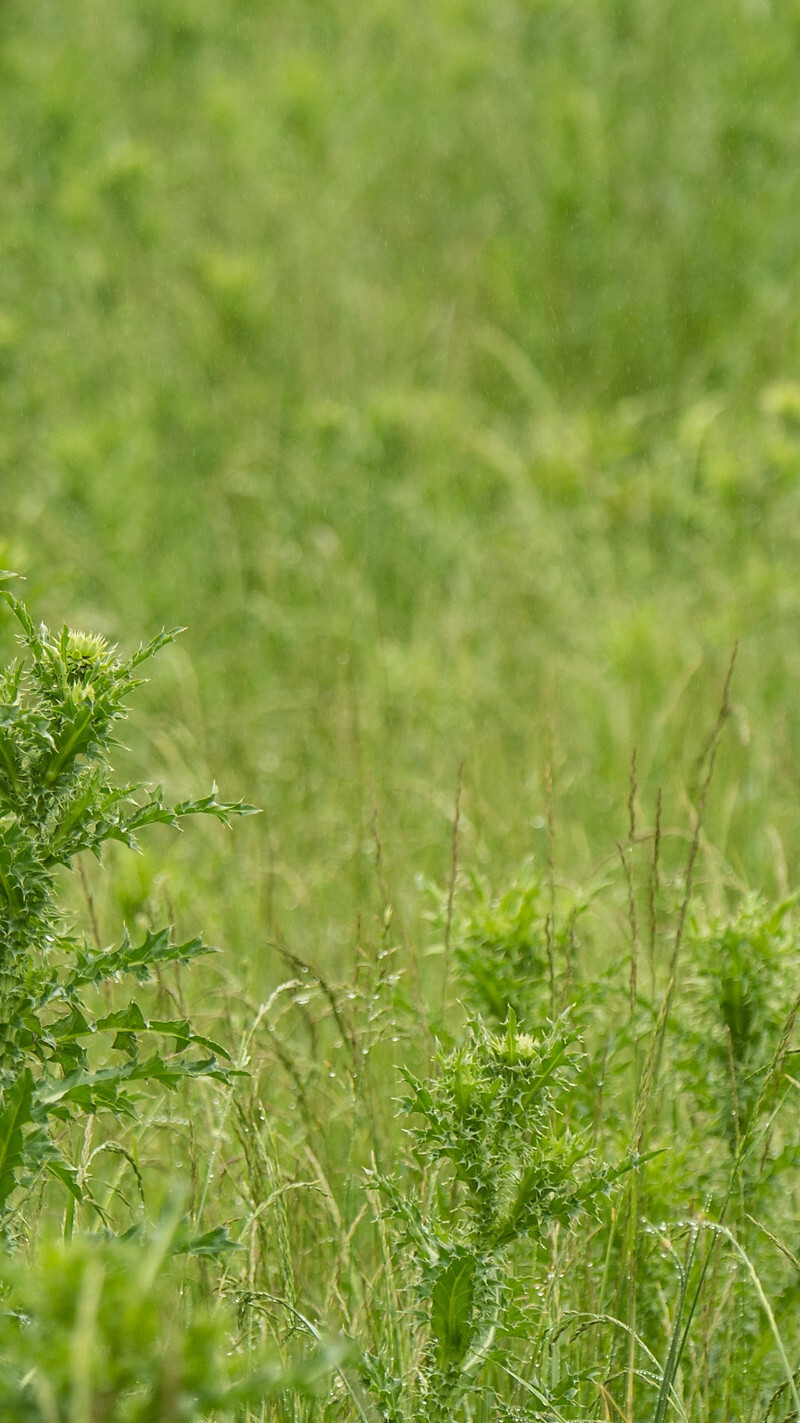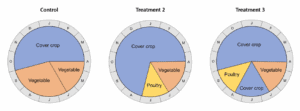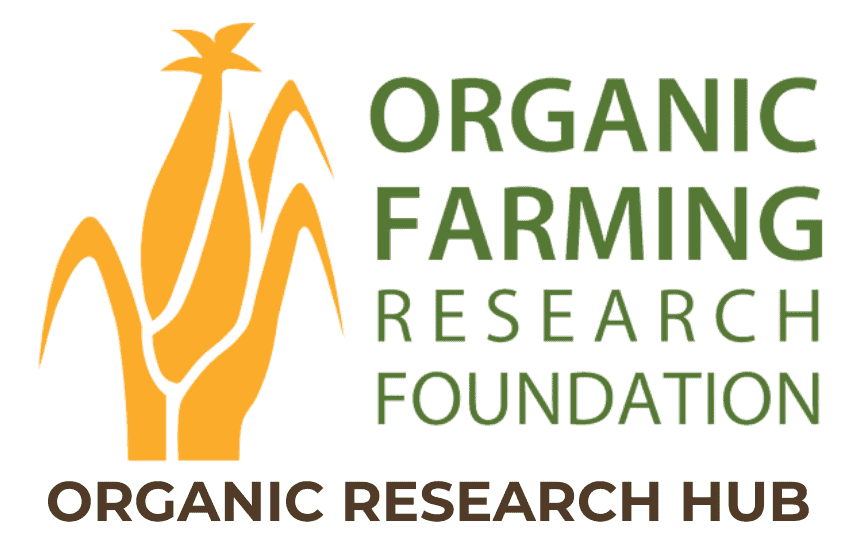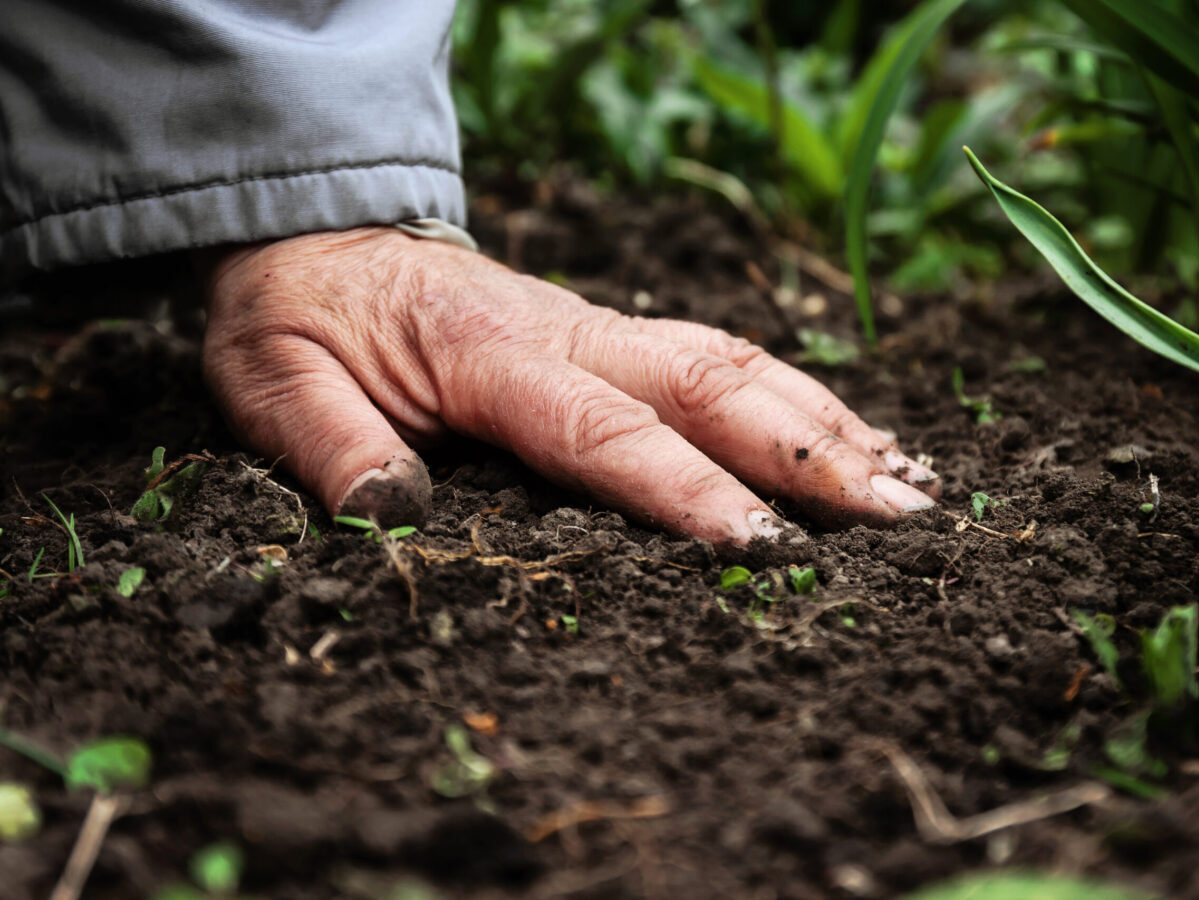Integrating Poultry: Soil Health and Crop Yield Improvements in Organic Vegetable Systems
Project Director: Anne Carey, Iowa State University
Project Overview
Integrating livestock into organic production systems can provide several benefits, including (1) improving soil health and structure, (2) boosting soil nutrient cycling and availability, (3) increasing crop yield, and (4) enhancing overall farm resiliency.
Organic vegetable systems are more delicate than other production systems and can be adversely impacted by compaction via ruminant grazers (i.e. cattle); as such, chickens/poultry have been explored as an alternative. Previous studies have predominantly focused on the soil health and yield impacts of imported chicken manure, with fewer addressing the impacts of directly integrating poultry into vegetable crop rotations.
This study assesses the impacts of poultry integration on soil health, crop yield, and weed/cover crop biomass in several vegetable crop rotations.

Farmer Takeaways
- Integrating poultry into organic vegetable rotations may result in greater plant-available nitrogen, phosphorus (P), potassium (K), and water infiltration.
- Poultry integration impacts vegetable crop performance differently by crop type, with certain crops experiencing yield increases and others experiencing no significant yield differences.
- Integrating poultry after a summer cover crop rotation may provide additional soil health benefits, including greater earthworm abundance and excess soil nutrient utilization.
- Longer-term studies are needed to understand the influence of poultry integration on soil bulk density, aggregate stability, soil pH, and soil organic matter (SOM).
Project Objectives and Approach
Establishing Vegetable-Poultry-Cover Crop Rotations
The three crop rotations in the study were:
- Control (No Poultry): Vegetable/Vegetable/Winter Cover Crop
- Treatment 2: Vegetable/Poultry/Winter Cover Crop
- Treatment 3: Vegetable/Summer Cover Crop/Poultry/Winter Cover Crop
During each growing season, the same vegetable crop was planted across all treatments, with a secondary vegetable crop grown in the Control treatment in place of a poultry or summer cover crop rotation. In accordance with recommended practices for organic vegetable production, the vegetable crop family was rotated between years.

Vegetable Crop Varieties & Rotation Timelines
In Year 1, spinach was planted across all three treatments, followed either by poultry (Treatment 2), a summer cover crop blend of cowpea and teff (Treatment 3), or mini butternut squash (Control). All three treatments were seeded with a winter cover crop blend of cereal rye and Austrian winter pea for the winter season.
In Year 2, leaf lettuce was planted in all three treatment groups, followed either by poultry (Treatment 2), summer cover crop (Treatment 3), or bell peppers (Control). The same timeline was applied to Year 2.
In Year 3, broccoli was planted in all three treatment groups, followed either by poultry (Treatment 2), summer cover crop (Treatment 3), or sweet potatoes (Control). The same timeline was applied to Year 3.
Data Collection & Analysis
Soil samples were collected three times each season: spring, summer, and autumn. Additionally, marketable vegetable biomass (yield) was measured during each harvest.
Key Findings
Integrating poultry may result in greater plant-available nitrogen, phosphorus (P), and potassium (K)
- At the end of the three-year trial, plant-available nitrogen (nitrate and ammonium) was significantly higher for both poultry treatments than for the no-poultry Control.
- Soil P increased across all treatments during the three-year trial, but these increases were significantly larger for the two poultry treatments (68% for Treatment 2 and 73% for Treatment 3) than for the no-poultry Control (38%).
- Soil K increased across both poultry treatments during the three-year trial (34% for Treatment 2 and 49% for Treatment 3) but decreased for the no-poultry Control (-4%).
Integrating poultry may enhance water filtration, but may have lesser impacts on soil bulk density, aggregate stability, soil pH, and soil organic matter
- Water filtration (measured as hydraulic conductivity, in cm/h) was approximately 250% and 500% greater for Treatments 2 and 3, respectively, than for the non-poultry Control.
- No significant differences in soil bulk density, aggregate stability, soil organic matter (SOM), cation-exchange capacity (CEC), or soil pH were observed between treatment groups or growing seasons. These findings might be due in part to the short duration of the study; as such, longer-term studies are needed to understand the full impacts of poultry integration on soil physical properties.
Integrating poultry may enhance certain vegetable crop yields
- Significantly higher leaf lettuce yields were observed for Treatments 2 (96%) and 3 (86%) than for the non-poultry Control. However, no significant yield differences were observed between treatments for the broccoli growing season, suggesting that poultry manure impacts vegetable crop performance differently by crop type.
Integrating poultry after a summer cover crop rotation may provide additional soil health benefits
- Earthworm abundance was significantly higher for Treatment 3 than for the no-poultry Control. There were no significant differences in earthworm abundance between Treatment 2 and the Control, suggesting that the summer cover crop x poultry combination may provide suitable conditions for an earthworm-conducive environment.
- The summer cover crops in Treatment 3 utilized some of the nutrients available post-vegetable harvest but did not impact the growth of subsequent winter cover crops and vegetables. This suggests that a summer cover crop rotation may present an opportunity for farmers to mitigate excess nutrient runoff and water contamination without compromising future vegetable yields.
Resources
Anne M. Carey, Cole R. Dutter, Khadija Mbacke, Marshall D. McDaniel, Ajay Nair, Integrating poultry improves soil health and vegetable yield in organic, cover-cropped system, Agriculture, Ecosystems & Environment, Volume 382, 2025,
Read MoreMoriah T. Bilenky, Ajay Nair, Marshall D. McDaniel, Angela M. Shaw, Elizabeth A. Bobeck, and Kathleen Delate. 2024. Integrating pastured meat chickens into organic vegetable production increased nitrogen and microbial biomass with variability in presence of E. coli and Salmonella spp. Renewable Agriculture and Food Systems. https://doi.org/10.1017/S1742170524000012.
Read MoreAhn, D. U. & Xiao, S., (2023) “Chicken meat quality raised in an integrated organic production system”, Iowa State University Animal Industry Report 20(1). https://doi.org/10.31274/air.16193
Read MoreElmore, K., Nair, A. & Bobeck, E., (2023) “Production, Bone Health, and Economic Comparison of Indoor versus Pasture-Raised Red Ranger Broilers”, Iowa State University Animal Industry Report 20(1).
Read MoreLocation
IowaCollaborators
Cole Dutter, Iowa State University
Khadija Mbacke, Iowa State University
Marshall McDaniel, Iowa State University
Ajay Nair, Iowa State University
Region
Midwest
Topic
Soil Health, Crop Nutrient Management, Weed Management, Cropping Systems, Livestock Feeding, Livestock Well-Being
Category
Vegetables/Fruits, Livestock
Year Published
2025



